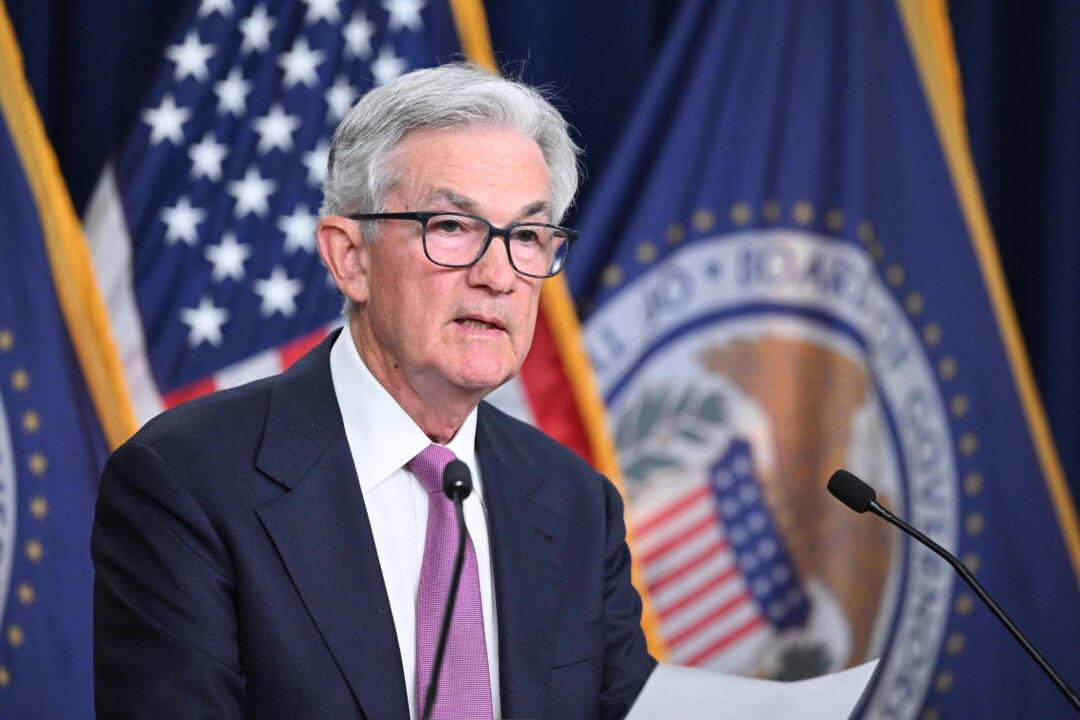Commentary
We’re squarely in the dog days of summer, which in Hellenistic astrology is connected to bad luck, lethargy, and, of course, hot and humid weather.

We’re squarely in the dog days of summer, which in Hellenistic astrology is connected to bad luck, lethargy, and, of course, hot and humid weather.